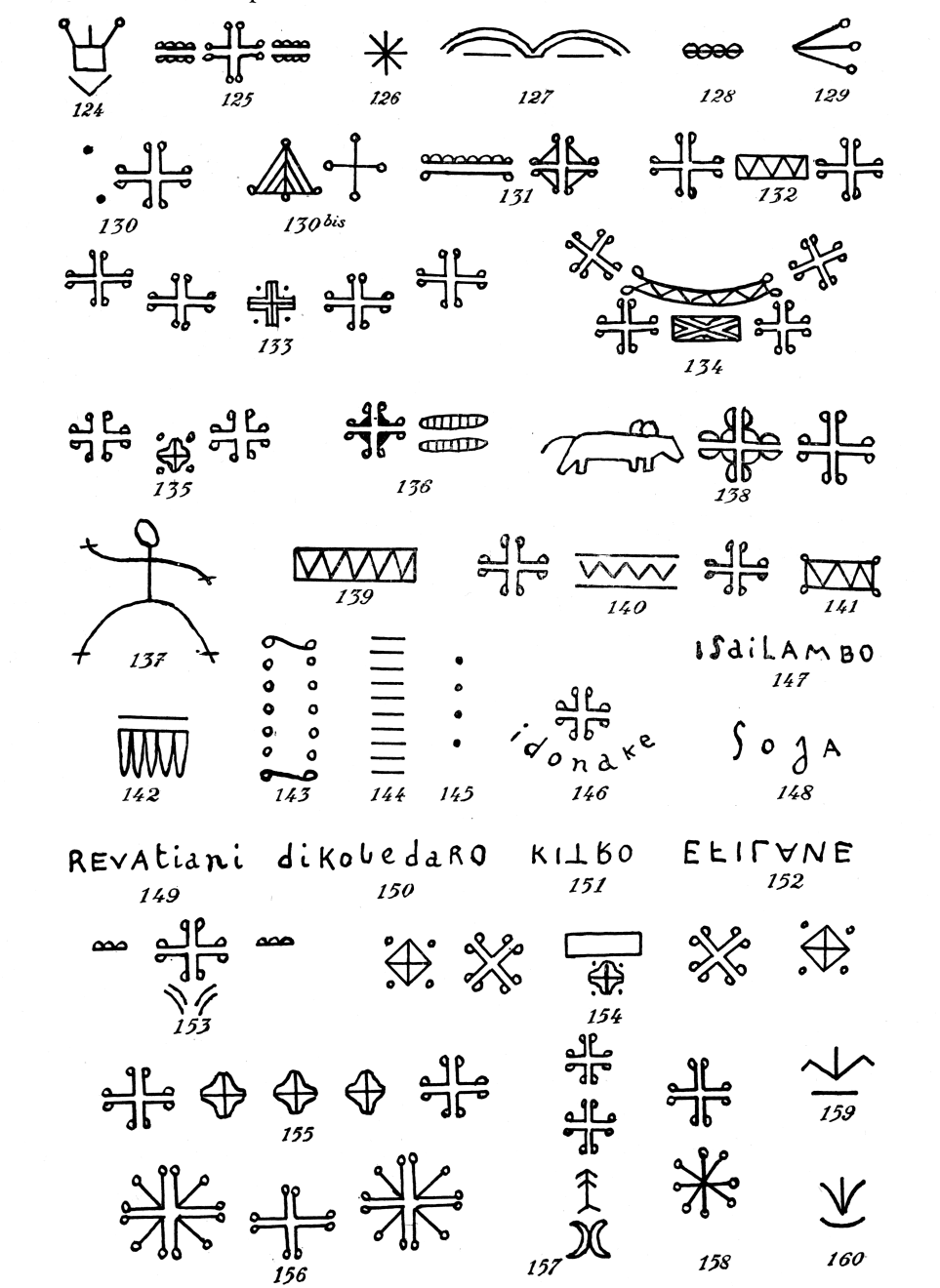In Madagascar, a culture has almost completely disappeared: that of traditional tattoos. Currently, only the West and the South of the Big Island have resisted well, but little by little, this Malagasy art of tattooing has evaporated over time. However, thanks to the remarkable work of research and collection of the remains of this tattoo culture, Raymond Decary, teaches us a little about this dermal art.
In his time, there is no trace of tattoos on the highlands of the Imerina, which does not necessarily mean that nothing ever happened. A little further south and in the southeast, in the Betsileo country and in the Betsimisaraka country, there is already almost nothing left. Nevertheless in the great South, with the introduction of Roman writing, the tattoo is enriched with new character, which makes it possible to engrave names on the skin of those who lend themselves to it.
In this area of Madagascar, a tattoo is drawn in a very original way: the skin is pricked with opuntia thorns, a cactus introduced after the last indigenous attacks targeting the forts in the Fort Dauphin region, then the wound is rubbed with a mixture of corn charcoal powder added to the juices of different coloring plants. When the healing is complete, a bluish pattern appears which fades fairly quickly over time.
Women are the most affected by this archaic art (some were covered all over the body) but many men also lend themselves to it.
There are several variants according to the geographical areas of the patterns, the choice of the parts of the body is also essential. The vocabulary itself is rich in terms that designate motifs: geometric figures, animals, sometimes men, figures of divination or divination, this art of divination came from the first Arabs who came to the northeast coast of the island. On the eve of the Second World War and in the midst of the colonial period, tattooing was no longer fashionable: and the more pronounced presence of the Christian religion should not show more enthusiasm than the administration. Worse, being tattooed does “peasant” and put you on the margins of society. In today's society, the tattoo is more present but comes in completely different aspects from what was once done on the island. Unlike the islands of ocean culture like Madagascar who continue and perpetuate this ancestral culture of tattooing like in Indonesia, the Polynesian islands or Samoa and others.
Despite everything, thanks to the research and the collection of these almost lost works, Raymond Decary, allows our generation to be able to enjoy ancestral motifs which will certainly one day help the revival of traditional Malagasy tattooing.
Panorama of Tattoo in Madagascar
12/12/2019
1 comment






I am a tattoo fan and I am a tattoo artist at the same time, what are the meanings of all these signs and symbols please? thanks a lot